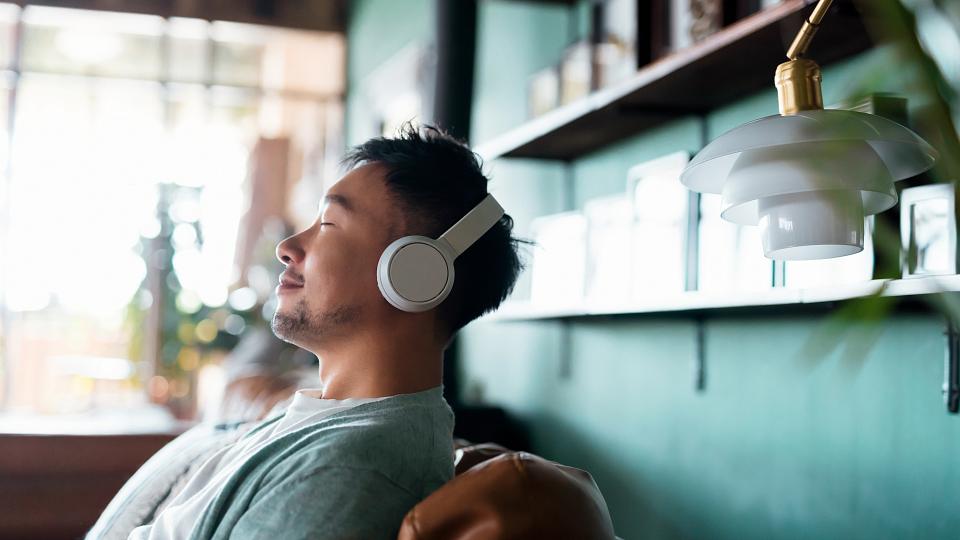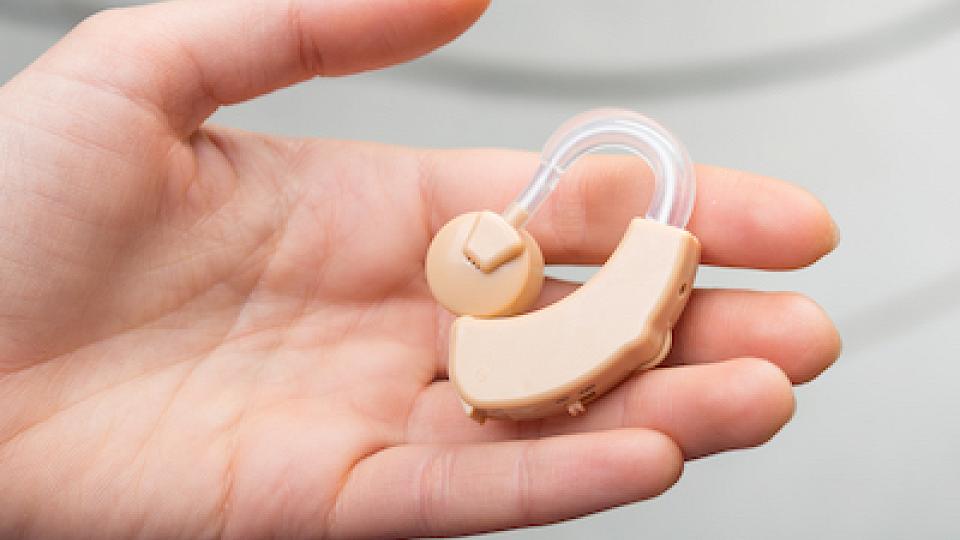
Hearing Aids: Medical vs. Retail
Hearing loss can drastically affect your quality of life. Purchasing hearing aids is a major decision that requires careful considerations. Organizations that sell hearing aids follow either of two models in providing care: medical or retail (non-medical).
Typically, there are no differences. A hearing aid purchased at a big-box store is pretty much the same instrument as one you'd get at a place that adheres to the medical model. Nevertheless, there are substantial differences between medical-model care and retail-model care.
How is care different?
Even though hearing aids from a clinic aren't necessarily better than retail devices, the care is more comprehensive. Patients who opt for the medical model receive treatment from audiologists who have a clinical doctorate and are licensed. Retailers, on the other hand, may employ audiologists, but it's not a requirement. More often they employ hearing instrument specialists, who do not have doctorates but are state-certified and frequently paid on commission.
Other reasons that the hearing impaired should visit a medical-model institution are:
- Audiologists can diagnose an underlying medical issue, if any, that is causing the hearing loss, such as tumors on your auditory nerves (which is rare) or growths in the middle ear area
- Because patients can see the same audiologist during each visit, they receive continuity of care. Patients who go to a retailer, on the other hand, may be helped by an audiologist one time and a hearing instrument specialist the next. Retailers also have a lot of turnover
- Audiologists use a more thorough measuring process to fit the hearing aid
Can retail hearing aids worsen a condition?
In most cases, retail-model hearing aids cannot worsen hearing loss. However, retail providers are unlikely to identify any underlying medical condition that's causing your hearing loss. Catching the cause early on can prevent or reduce additional loss of hearing.
What is the process to get fitted?
Otolaryngology Services at University of Utah Health follows a medical model, meaning you can rest assured that you are receiving the most comprehensive hearing care available.
The following are the steps to take to get a hearing aid:
- Schedule a hearing test with an audiologist.
- Receive a hearing aid evaluation to figure out the best options, medically and financially, to better understand your hearing loss.
- If you decide to purchase hearing aids, schedule a Real Ear® fitting, where an audiologist will make adjustments and perform a talking test.
- After the fitting, receive counseling and education about how hearing aids work.
- Try out the hearing aid in a 30-day trial period.
If you're concerned about hearing loss, take steps today to get fitted for a hearing aid and improve your quality of life.


